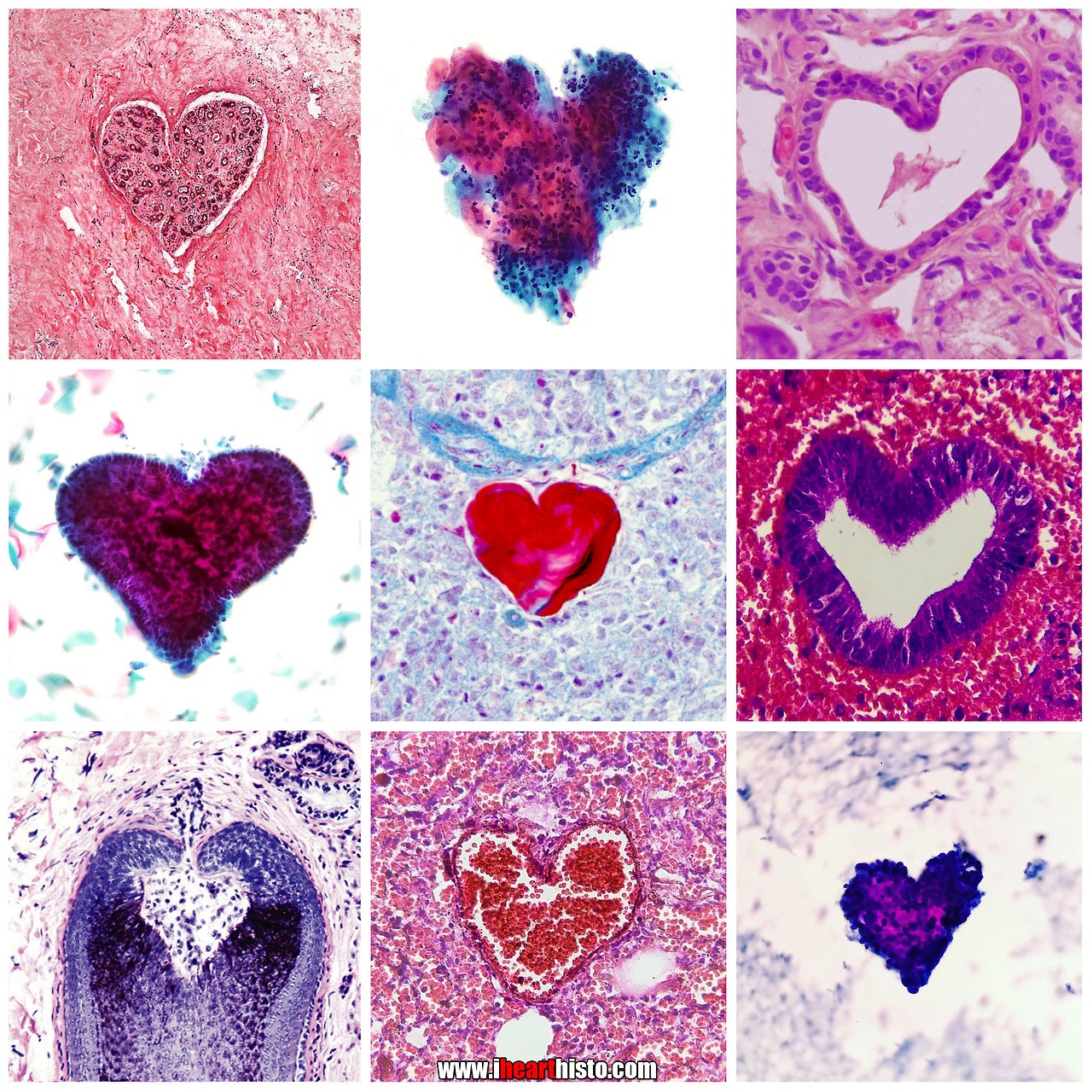Histology isn’t historically the most high yield topic on the boards, but the questions that have a histology image included can be easy points if you take a step back, don’t freak out, and try to dissect out what’s important in the image you are given.
Here are four questions to ask yourself with every histology slide you are given:
- What tissue am I in?
- What kind of cells are present?
- Are there any special features?
- How can I use this information?
Try to figure out what organ you are looking at. The easiest way to do this is to have a general gestalt of each organ’s histology plugged into your knowledge base. Hopefully you developed this from your histology class, but if not start looking for structures and cell types to help ID the tissue. For example, in the lungs you would see lots of clear spaces in between thin cells, signifying the alveoli. The best and easiest way to figure out the tissue is if they tell you where the tissue sample is from (which they actually do most of the time!).
Next, try to identify what different cell types are present in the tissue. For example small blue cells tend to be lymphoid, big pink cells with many nuclei tend to be multinucleated giant cells, and bands of pink linear cells tend to be fibroblasts.
Next try to identify if the cells are normal or not for that particular tissue and if they are making any special “shapes.” For example, if there are many mitotic figures then this could be a neoplasm, and if you see cells with cleared out nuclei in the thyroid then the image could be of a papillary thyroid carcinoma. By “shapes,” I mean something like: if you see a round shaped cell mass with lots of small blue cells and a few multinucleated giant cells then it’s probably a granuloma.
Last, and most importantly, take the information you gathered in the first few questions and synthesize it into a diagnosis or additional information you can use with the information given in the clinical vignette to come to the correct answer choice.
Here’s a practical example applying the above questions:
The vignette describes a hypothyroid state (fatigue, constipation, etc) and then they give you a thyroid biopsy. Asking the four questions above you get these answers:
- They told you it was a thyroid biopsy, so this one was easy.
- You see normal thyroid cells, but you also see small blue cells with scant cytoplasm which you identify as lymphocytes.
- You see the small blue cells forming circles, and you identify the circles as lymphoid follicles.
- Synthesizing the clinical information given of a hypothyroid state and the histological information of lymphoid follicles you can be decently certain that the diagnosis is Hashimoto’s thyroiditis.
All this being said, as with radiological imaging on the boards, histological images on the boards tend to help you answer questions. For the most part, they are not totally required. You will run into a few questions that require you to understand the histology, but the power of most of the histological features you identify are to solidify your diagnosis or to give you an extra push towards the correct pathophysiology.





